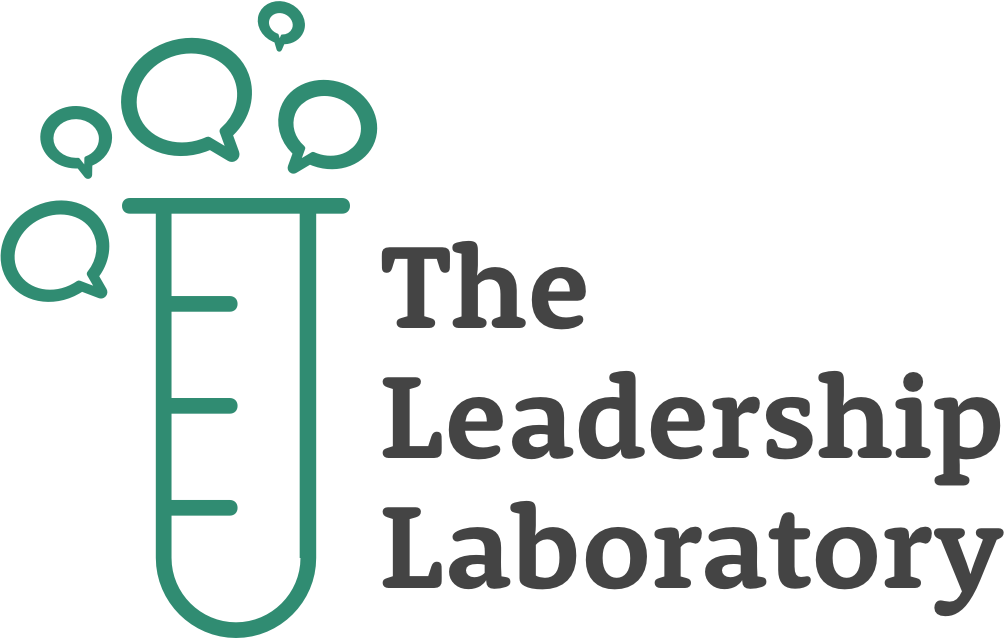Written by Jacob Goldstein — Executive Director
Imagine that you are out at the bar playing darts. You are normally an excellent dart player, with an incredibly high bullseye average. This time while you were playing, you totally missed. And not just the bullseye – you missed the dart board completely, and ended up hitting the karaoke singer, who was singing way off key. Your intention was to hit the dart board. The impact was that you hit the karaoke singer. The singer now assumes that you hit her on purpose.
Unlike dartboards, intentions are almost always invisible. We assume them based on the behaviors of others. As we work to create an even more collaborative workplace, we must acknowledge that we’re going to make a mistakes. We may say the wrong thing, make grand overtures to over-correct behaviors, or simply mess up. When we look to adjust our behaviors, the recognition of these intentions and their impact can come from one of two places: internal self-awareness, or clearly seeing our own thoughts, feelings, and actions, and external self-awareness, clearly seeing how others see and interpret our behavior.
What is Internal vs. External Self-Awareness?
When it comes to internal self-awareness, there will be instances when you realize that you’ve made a mistake, big or small. Melinda Epler, writer, advocate, and tech entrepreneur, talks about taking ownership for our mistakes. If, for example, we realize that we’re constantly cutting people off, acknowledge it by saying “I’m so sorry for interrupting you right now, please carry on”. It’s a great way to take ownership and begin to curb the behavior. Of course, acknowledging the behavior is just one part. We also must commit to changing our behavior in the future, and take the necessary actions to make those new actions a reality.
External self-awareness is, naturally, a bit harder for us to observe. In thinking about external self-awareness, think back to the dartboard example we just discussed. In this case, you were likely aware that you hit the singer, and can take ownership for your actions. When it comes to our true intentions, it isn’t always as easy to see. The words or phrases we say, or actions we take likely have a specific intention. Occasionally, our intended outcome and the actual outcome don’t match – just like the dart player’s intention was to hit the dartboard, and the impact was that they hit the singer. Here, we separate intent from impact; while we may have had good intentions, the impact had unintentional negative results. Based on the verbal and non-verbal cues of others, we might be able to sense that our intended outcome and the actual impact did not fully match up. In order to fully know, we often rely on the explicit feedback from others.
How do we respond when our intention does not match the impact?
Here’s where we have the critical diverging roles. If that karaoke singer came up to us, screaming that we totally hit her on purpose, our natural reaction will be to defend ourselves. When we’ve made a mistake, intentional or otherwise, many times the other person wants to be heard. One of the best things we can do is to listen to the other person’s point of view, thank them for making you aware, apologize, and commit to acting differently in the future. It’s the combination of those four elements, listening, acknowledging or thanking, apologizing, and committing to change, that can allow us to successfully move forward.
There will be times that we are on the receiving side of feedback, and other times we are on the giving side. In thinking back to the concept intent vs. impact that we’ve been exploring, I encourage you to have a positive assumption about the intent of others. If you were karaoke singer, it’s easy to make the assumption that the other person’s actions were intentionally hurtful or intentionally malicious. The truth of the matter is that we do not know the true intention of others, and it would be inappropriate for us to assume what it is. Even if we’ve witnessed a pattern of behavior in the past that leads us to infer a conclusion, we still can never be 100% sure of someone else’s intention until we ask. In providing this feedback to someone else, remember that our goal is to have them adjust their behavior. Start by giving them the benefit of the doubt, sharing that you’re not entirely sure of what their intention was, but explain what the impact of their actions had on you, AND what you’d like to be done differently in the future. Providing the benefit of the doubt, sharing the impact, and proposing an alternate course of action will result in a path forward that both of you can ultimately agree to.
As we continue to grow as individuals and team members, it’s important to be cognizant of the needs to adjust. Sometimes we can acknowledge the behavior ourselves that needs to be adjusted, and make the necessary changes to accomplish the result that we’re looking for. Think back to the interrupting example – we can even own those changes in the moment. Other times, someone else is providing that feedback to us. When they do, make sure to listen to their perspective, acknowledge and thank them for increasing your awareness, apologize, and commit to acting differently in the future. If you yourself are the one providing that feedback, remember to assume positive intent, share the impact, and suggest an alternate plan for the future.
The Leadership Laboratory is a nation-wide, Chicago-based learning and leadership development company. We build and facilitate custom team and leadership development workshops aimed at transforming the way we lead our work and people. Through interactive workshops, participants will experience customized professional development for emerging and new leaders, established and senior leaders, and teams of all sizes. Feel free to browse our website, www.leadershipdevelopmentlab.com, to learn more about our team building workshop and leadership development programs.

